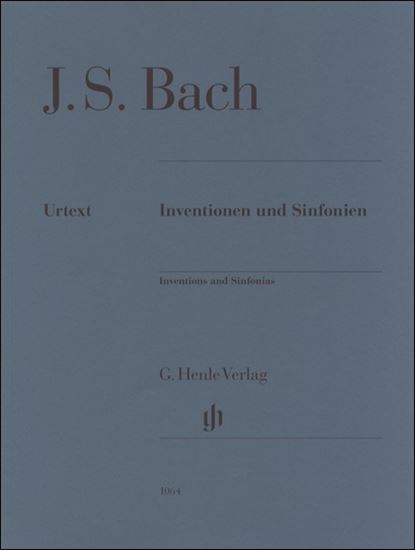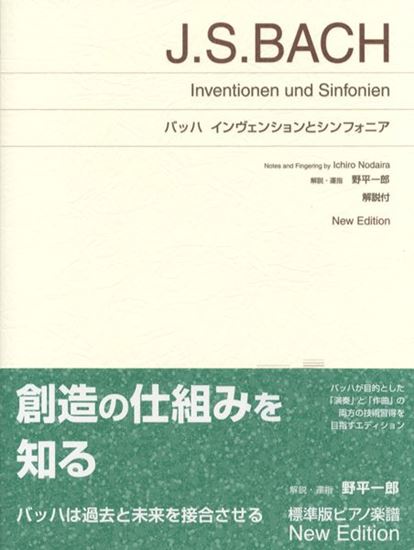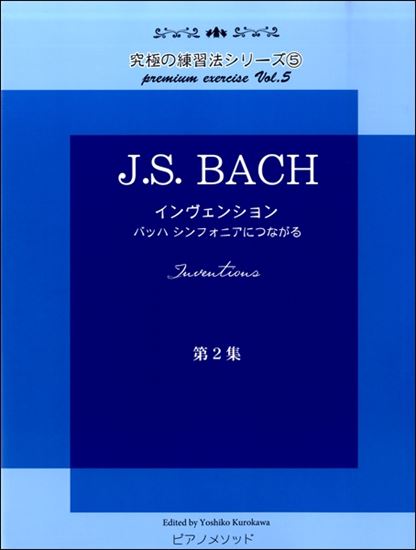Bach, Johann Sebastian : Invention Nr.9 f-moll BWV 780
Work Overview
Genre:pieces
Total Playing Time:1 min 40 sec
Copyright:Public Domain
Commentary (3)
Author : Takamatsu, Yusuke
Last Updated: September 18, 2020
[Open]
Author : Takamatsu, Yusuke
F minor, 3/4 time.
While the themes of each piece in the Inventions are generally concise, the theme of this piece is comparatively long, spanning four measures. The expressive melody in F minor is particularly suitable for learning the 'cantabile manner' that Bach noted in his preface.
The piece can be divided into exactly two sections. In the first section, the upper voice first presents the theme, while the lower voice plays the counter-subject as if accompanying it. Then, from measure 5, both voices invert, and from measure 9, the music modulates using the theme and counter-subject. In the second section (from measure 17), contrary to the beginning, the lower voice presents the theme in the dominant key.
Author : Hayashikawa, Takashi
Last Updated: March 15, 2018
[Open]
Author : Hayashikawa, Takashi
Musical examples provided by Bärenreiter Verlag
Author : Ooi, Kazurou
Last Updated: March 12, 2018
[Open]
Author : Ooi, Kazurou
No. 9 in F minor
While this certainly originated with Bach, for many composers, the key of F minor is a very serious and sorrowful key. This Invention is no exception. As is typical, the score contains no tempo or dynamic markings, allowing the performer freedom in interpretation, but if a suggestion were to be made, playing it rather slowly would suit the character of the piece.
Playing slowly can make it musically more challenging. Fortunately, this Invention is not technically difficult. One only needs to remember to play legato, with a flowing horizontal motion. The subject generally appears in four-measure units. For example, looking at measures 1-4, assuming the subject is in the right hand, the note reaches its highest point, B, in measure 3. Dynamically, measure 2 should be louder than measure 1, and measure 3 louder than measure 2. The peak is reached in measure 3, followed by a decline in measure 4. This is the basic dynamic contour. Apply this similarly to subsequent appearances of the subject. When the subject shifts to the left hand (e.g., measure 5), the same manner applies. However, 'the same' does not mean 'exactly identical.' This will be discussed later.
In measure 2, beat 1, the right hand should ideally have an A-flat, but it is naturalized, and despite the left hand descending in beat 3, E and D are natural, clearly showing Bach's creation of a special mood.
Now, the subject undergoes various transformations. The tonality also changes. Even with the same subject, performers should vary the dynamics and timbre according to the degree of transformation. For instance, the mood of the subject in measure 1 is clearly different from that in measure 9, and the tonality in measures 13-14 also presents a change from what came before.
Attention should also be paid to sequences. For example, in measures 25-27, although measure 27 is not a perfect sequence, the scale descends by a second in stepwise motion. As a general approach to handling sequences, consider: descending = diminuendo, ascending = crescendo (though there are many exceptions, of course).
Now, from measure 28 to measure 31, the hands gradually move apart. When Bach writes in this manner, it is often safe to assume a crescendo. It is appropriate to let the bass resonate, as if a large pipe organ is sounding.
PTNA & Partner Channel Videos(6items)
Sheet MusicView More
Scores List (35)

カワイ出版

(株)ヤマハミュージックエンタテインメントホールディングス
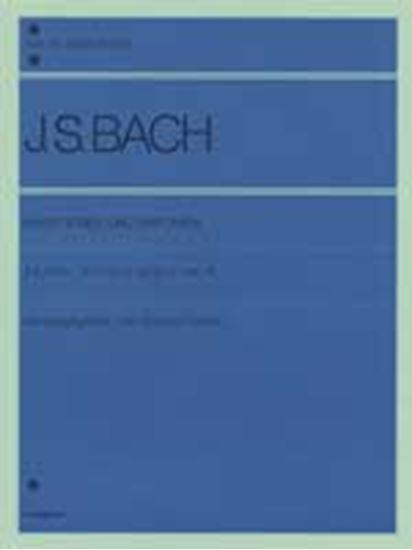
(株)全音楽譜出版社
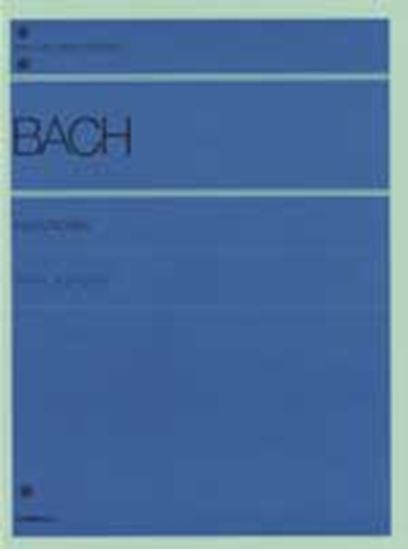
(株)全音楽譜出版社

(株)ドレミ楽譜出版社

(株)音楽之友社

(株)全音楽譜出版社

(株)音楽之友社

(株)音楽之友社

(株)ドレミ楽譜出版社

(株)ドレミ楽譜出版社

(株)ドレミ楽譜出版社

(株)ドレミ楽譜出版社

カワイ出版

(株)渓水社

(株)音楽之友社

(株)全音楽譜出版社

(株)エー・ティ・エヌ

(株)全音楽譜出版社

カワイ出版

(株)音楽之友社

(株)音楽之友社

(株)ヤマハミュージックエンタテインメントホールディングス

Neil A. Kjos Music Company










